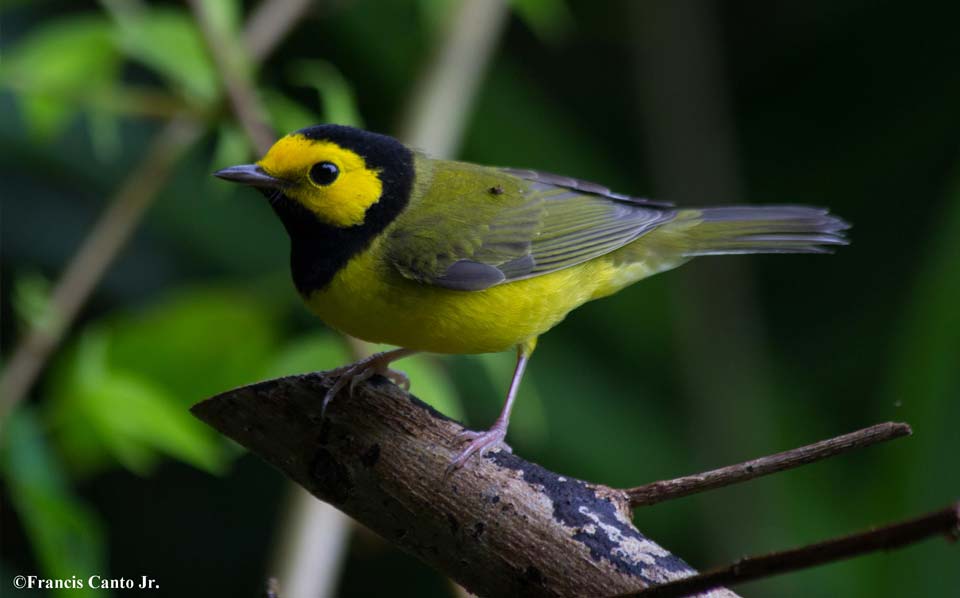The Zoo is a well known haven for Belizean wildlife in need of a second home. Visitors flock to TBZ to see native animals in natural exhibits, and learn their amazing stories. Apart from the wildlife in their own enclosures, you’re guaranteed to see “free range” critters scampering around. Iguanas, frogs, snakes, agouti, and many birds zip around as they please, often stopping to steal a snack from the food bowls!
However, as much as our oasis safeguards Belizean wildlife, we are seeing how important it’s become to feathered friends from the North. Billions of migratory birds leave their breeding grounds in North America every year to escape the harsh winter in more friendly, tropical climates. Central America is a vital rest and fueling stop as they make their incredible journey further down to South America, covering thousands of miles in the process. Some species even halt their journey and remain here, before heading back home in time for Spring.
A colourful example of this is the Hooded Warbler. This vibrant yellow and green songbird is a regular sight in most gardens in Belize between September and April. The males stand out with a striking black and yellow mask. They are highly energetic, darting around in search of insects, and giving a constant, high pitched, metallic “chip!” note. Migratory maps have shown that a great majority of this species stays in Belize for the entire winter.
Most of our animals ignore the birds from abroad, especially our very tolerant tapirs. What an amusing sight to see tiny visitors, like the Hooded Warbler, jumping around on “Indy” the tapir’s back while he takes a snooze!

Nearly 3 billion birds have been lost in the past 40 years, according to the Cornell Lab of Ornithology. Although many birds are considered residents of North America, the Tropics provide a crucial part of their life cycle. We share these birds in common, and enjoy many benefits from them, including ecosystem services, and income through tourism.
The Zoo is part of a larger conservation landscape, the Maya Forest Corridor, which has become incredibly important to preserving habitats for native and migrant wildlife. As development and forest clearing accelerate at an alarming rate throughout the region, TBZ continues to work alongside its partners to ensure forest connectivity will remain, for the benefit of both people and wildlife.



